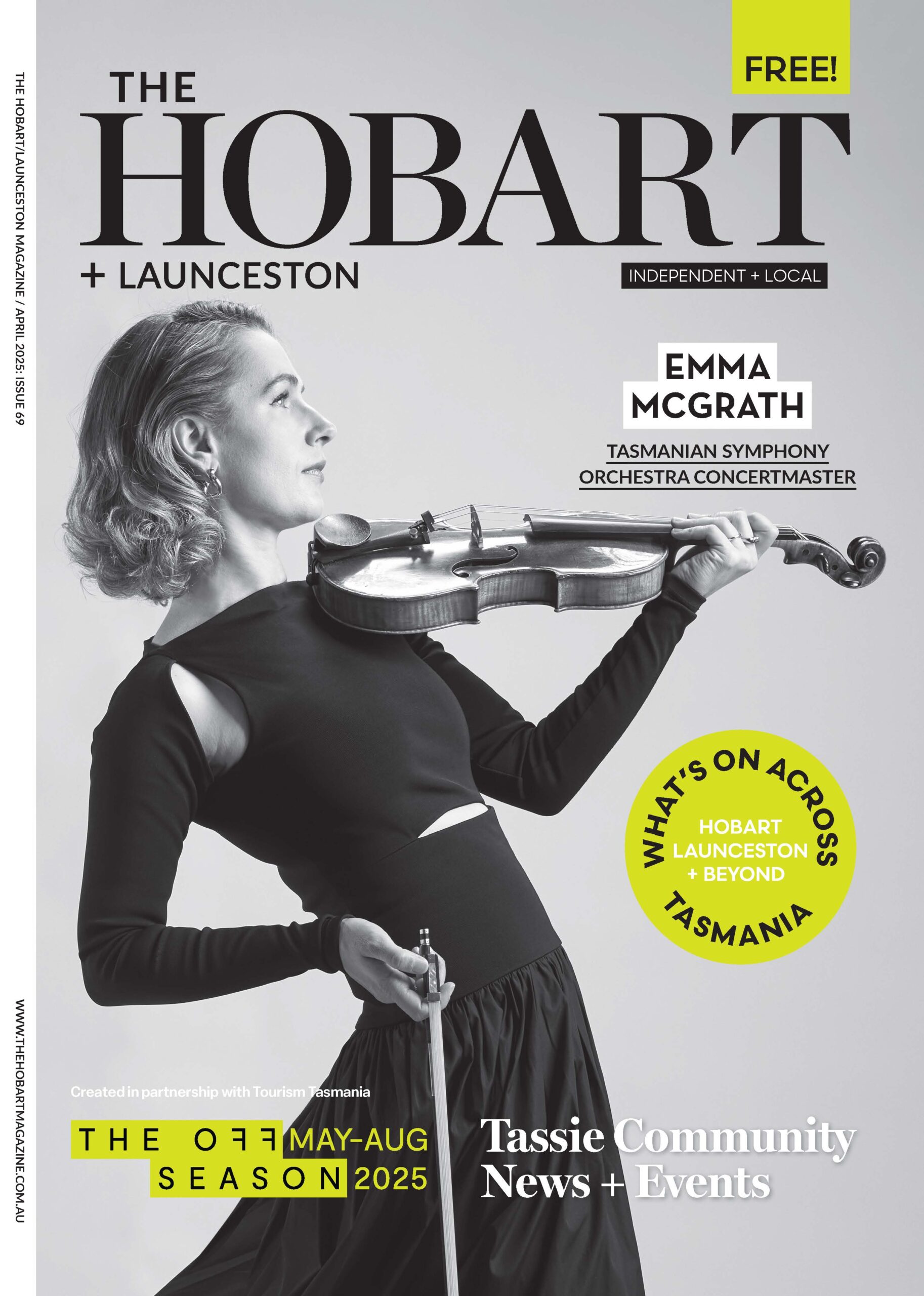Tassie Kids in Care Explore Belonging In New Book
by Lilian Koch

Leanne McLean is the Commissioner for Children and Young People in Tasmania. She has recently launched a new book, alongside children and young people in care, about their experiences.
What’s the purpose of this book and how did it come about? An important part of my role is to help children and young people have their voices heard and be involved in decision making in matters that impact their lives – and to make sure adults respect their rights to do so. Part of this work involves looking out for children and young people who are in out-of-home care, often referred to as being ‘in care’. When I talk with children and young people who are in care, I ask them their views on how well the out-of-home care system is working for them and what could be improved. This book came about as a result of a series of creative consultations and discussions I undertook over the past year with children and young people with a care experience to explore the theme of ‘Being Loved and Safe’. In exploring this theme, my conversations with children and young people focused particularly on what it means to have safety and stability while living in care. Simon Spain and Victoria Ryle from All That We Are also assisted by guiding young people in making, drawing, writing or talking about nests as another way of talking about ‘home’. Some children and young people created and published a small book of their own, to share with important people in their lives.
How was the book ‘Ok, so a nest is a home’ produced? I felt that the messages and artwork shared with me lent themselves to being collated and presented together in a book format. In this book, you will see some of the thoughts, ideas and beautiful artwork created by children and young people during these important discussions. Sharing the experiences and views of children and young people with a care experience through a beautiful picture book is really important. It provides an accessible window through which readers can gain an understanding of the lives of Tasmanian children and young people with a care experience, and hear how things can be improved. It also allows those children and young people to share their experiences with others going through similar experiences so they know they’re not alone – and that’s also important.
How were the children and young people involved in this book chosen? All the children and young people with a care experience who contributed to the book did so voluntarily. I worked closely with out-of-home care providers, The Foster and Kinship Carers Association Tasmania and the CREATE Foundation to identify young Tasmanians who’d like to be involved. The out-of-home care engagement officer in my office and the creative team at All That We Are then pulled their words and artwork together into this beautiful book, with help from a small group of young people with a care experience and the CREATE Foundation. I can’t thank the children and young people enough for their generosity in sharing their time and thoughts.
The theme of this book is ‘Being Loved and Safe’. How is it addressed when being loved and safe may not reflect a number of children in out-of-home care? I think first of all we have to remember that, as this book shows, the experiences of each and every child with a care experience is unique – both before they come into a care arrangement and when they pass through it, as are the reasons why they came into out-of-home care in the first place. I was also very conscious when designing the consultations that the concepts of being loved and safe do vary for each person but also that in some cases the concepts of loved and being safe which many people associate with ‘home’ can be triggering. For this reason, I decided with the team to explore these concepts through the idea of a ‘nest’. We asked questions like “What makes your nest stable? What makes your nest safe?” This allowed the children and young people to express what elements make up a nice nest. From there we were able to follow ideas they raised at the child’s pace, if they wished.


